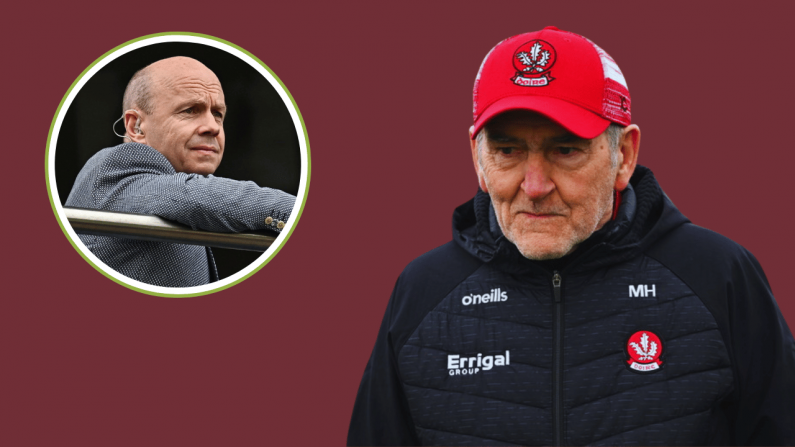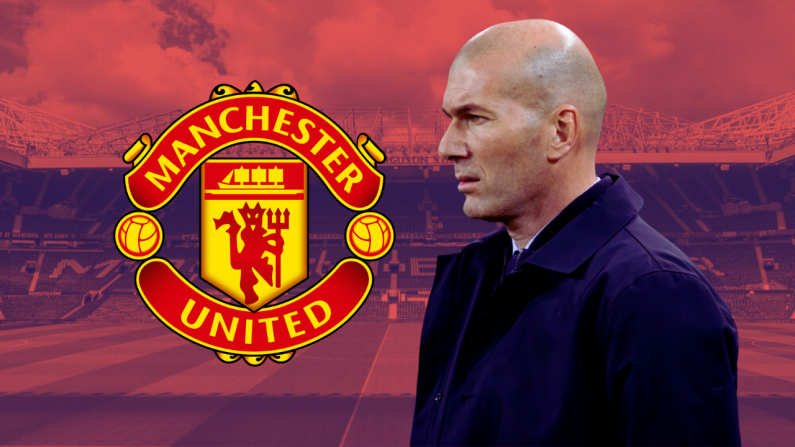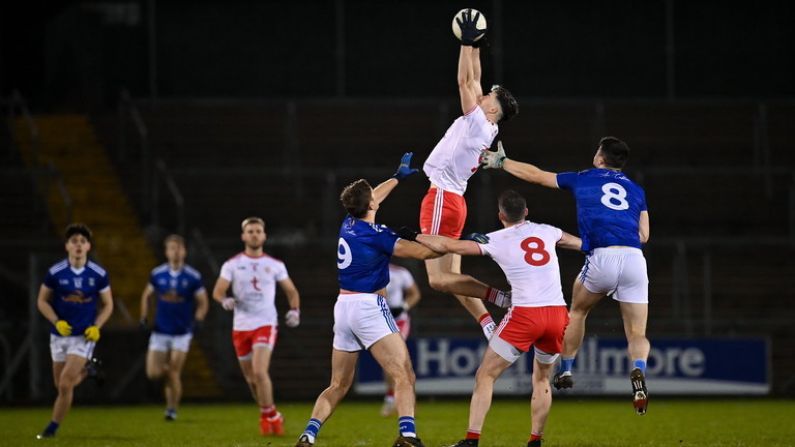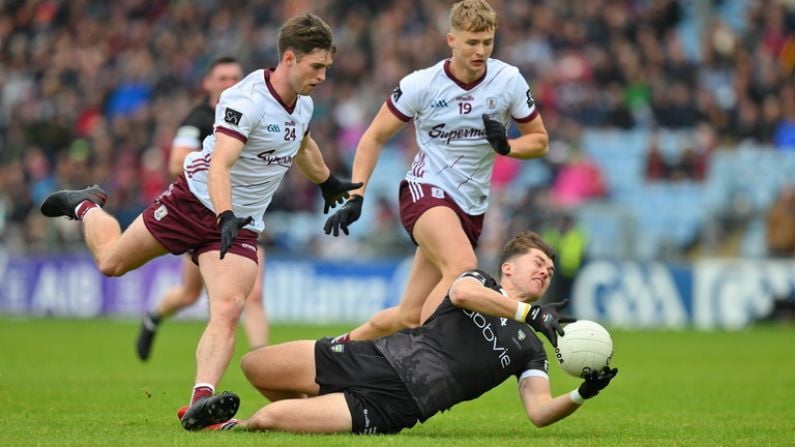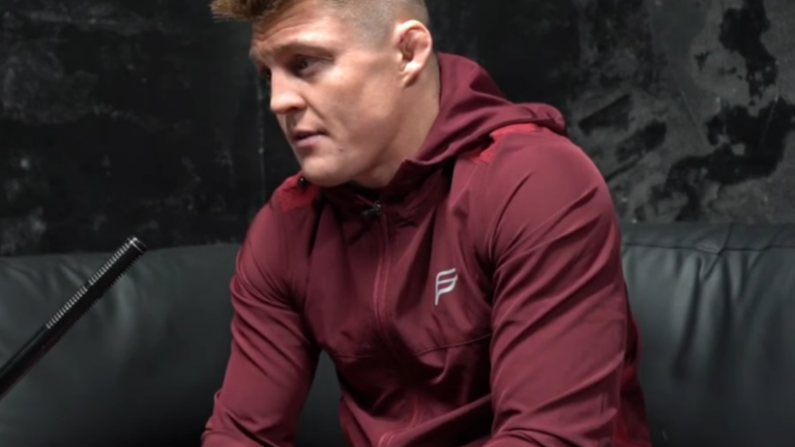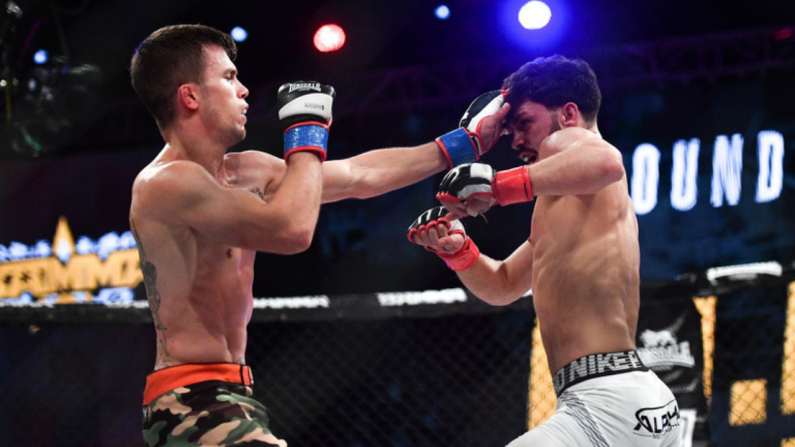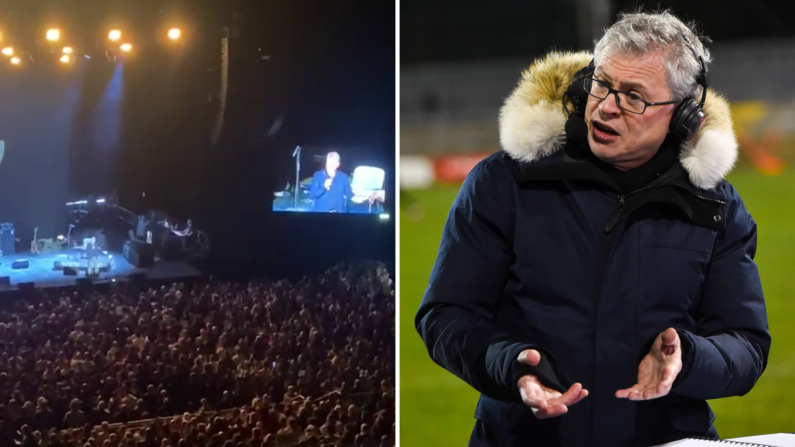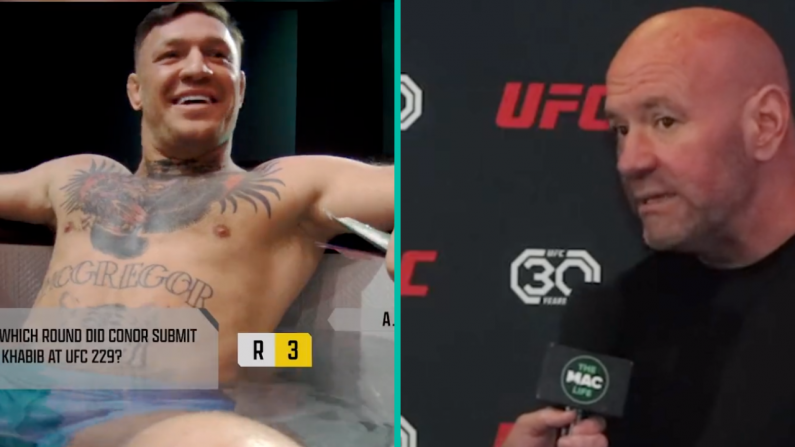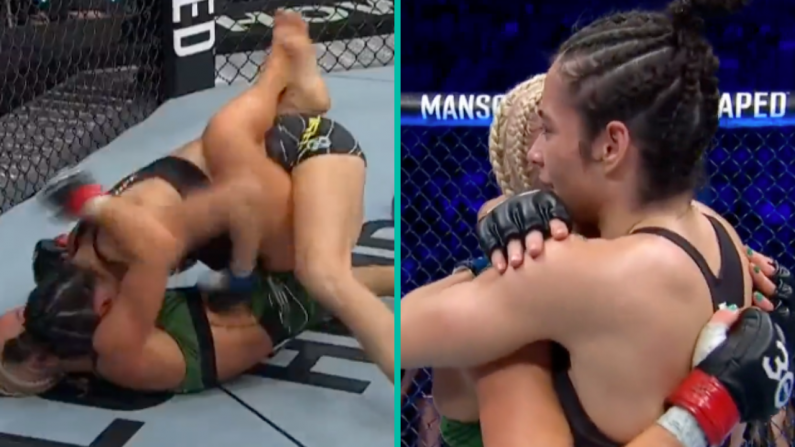When the UFC completed the purchase of rival organisation Strikeforce in early 2011, and when they subsequently folded the promotion a couple of years later, Robbie Lawler's was one of the contracts that was transferred over to the new owners in Las Vegas.
Of all the feathers in Strikeforce's cap - Fedor Emelianenko, Daniel Cormier, Luke Rockhold, Ronda Rousey and so on - Lawler was seen as little more than an afterthought; a relic who represented a bygone era in mixed martial arts. After all, he had been released from the UFC in late 2004.
It was at 16 years old when Lawler was taken under the wing of legendary trainer and former UFC competitor Pat Miletich. The Miletich Fighting Systems camp produced UFC champions Matt Hughes, Jens Pulver and Tim Sylvia - all fighters who, in 2013, were considered well past their sell-by dates.
It was assumed the same was true of Robbie Lawler. Here was a fighter whose career was flagging at a similar rate to Hughes, Pulver and Sylvia. He came up short in three of his final four bouts under the Strikeforce banner. His addition to the UFC roster was little more than the fulfilment of contractual obligations. Right?
Not quite.
Robbie Lawler was paired off with former welterweight title challenger Josh Koscheck in his UFC return. Koscheck was a perennial contender at the top of the division and had lost just two fights in four years - a split decision to future champion Johny Hendricks and a unanimous decision to then champion Georges St. Pierre. This was a fight designed to get the top contender back in the title hunt at Lawler's expense.
It took just under four minutes for Robbie Lawler to knock out Josh Koscheck. He followed that five months later with another knockout, this time over Bobby Voelker in the second round of their contest at UFC On Fox: Johnson vs Moraga.
Next up was surging Canadian prospect Rory MacDonald. Lawler took home a split decision in a back and forth brawl to earn himself a shot at the newly-vacated welterweight title against Johny Hendricks.
Lawler came up short against Hendricks, losing a split decision to mark the only blemish on the second phase of his UFC career to date.
The Californian won successive fights against Jake Ellenberger and Matt Brown to earn an0ther shot at Hendricks and, this time, did enough to win the decision and the the title. Lawler has defended it twice so far, once against former foe Rory MacDonald and once against Carlos Condit and now, as he heads into this Saturday's UFC 201 main event against Tyron Woodley, Robbie Lawler, the man who was once forgotten by the sport, sits atop the throne of one of the sport's most competetive divisions.
Not bad for a man whose career was supposed to be over five years ago.
So what explains this remarkable turnaround in the fortunes of Robbie Lawler? The fighter who was forged by grit, determination and toughness in Pat Miletich's gym one day decided to completely re-examine his approach to the sport and it is this period of self-reflection which seems to have galavanised his career from being an also-ran to becoming the world's best fighter in his weight class.
For one, Lawler removed himself from the mindset that suggests that in order to be ready for a fight in the Octagon, you have to have fights in your gym numerous times a week. He stopped sparring almost entirely.
One day in training ten years ago, Lawler got hit with a good punch. He took a knee as the room was spinning and he needed to clear his head. The room was still spinning at the end of his session.
It was still spinning when he knocked out Joey Villasenor in 22 seconds weeks after.
When he eventually got his equilibrium back, Lawler re-evaluated how he would approach the fight game. Speaking to USA Today, he said:
Guys would make fun of me. Tim Sylvia would be like, ‘Get in here and spar.’ I’d just tell him, ‘Nah, I’m good.’ I thought, you know, I know how to fight.
While this lack of sparring was no doubt a positive for his health, his sharpness did begin to suffer after a while and he blames this for the run of defeats which characterised the end of his Strikeforce tenure (though it must be noted that he fought as an undersized middleweight in Strikeforce).
So it was when Robbie Lawler moved to the famed American Top Team training centre in Florida that everything finally began to click. His technique was already at a high level but the structure to his training under the stewarship of Ricardo Liborio pushed his game to an entirely new plane.
This also coincided with Lawler, who had previously been considered a fighter who would shy away from the media, openly embracing them and recognising the benefits of interviews, feature articles and TV specials - a curious 180 for someone who had previously fallen asleep during a press conference.
Robbie Lawler's career has been a perfect storm of the ups and downs which encapsulate MMA. He's been down and out, injured and forgotten about and he's been a surging star and the greatest fighter in his weight class in the world.
And, before all of this is said and done, you feel there's a few more chapters of Robbie Lawler's book yet to be written.
Robbie Lawler defends his UFC welterweight title against Tyron Woodley in the main event of UFC 201 this Saturday.


